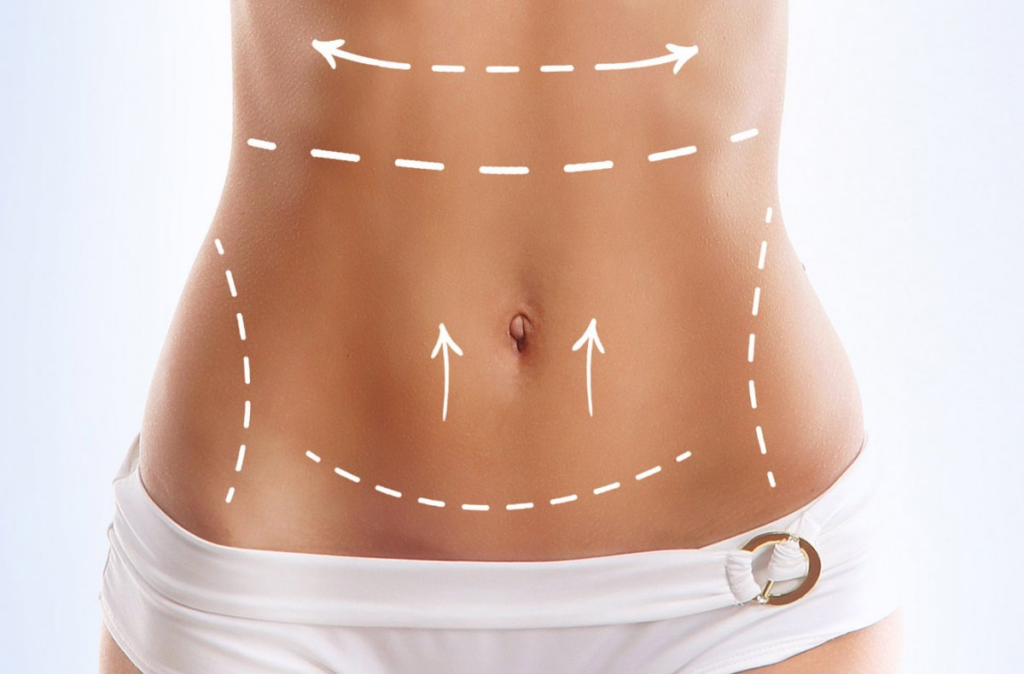Abdominoplasty, more commonly known as a tummy tuck, is a surgical procedure designed to remove excess fat and skin from the abdomen, resulting in a flatter, firmer stomach. This comprehensive guide will explore the procedure’s details, candidacy requirements, recovery process, potential risks, and long-term results, empowering you with the knowledge to make an informed decision.

Table of Contents
What is a Tummy Tuck?
A tummy tuck, or abdominoplasty, is a surgical procedure aimed at improving the appearance of the abdomen. It’s not a weight-loss solution; rather, it addresses excess skin and weakened abdominal muscles that remain after significant weight loss or pregnancy. The procedure involves removing excess fat and skin, tightening the underlying abdominal muscles (abdominoplasty), and reshaping the abdominal wall for a more toned and aesthetically pleasing appearance.
The extent of the procedure varies depending on individual needs. A full abdominoplasty addresses the entire abdomen, from the pubic bone to the rib cage, often including umbilical repositioning. A mini-abdominoplasty focuses on the lower abdomen, addressing excess skin and fat below the navel. The surgeon will determine the best approach based on a thorough consultation and examination.
Choosing between a full or mini tummy tuck depends on several factors, including the amount of excess skin and fat, the degree of muscle separation (diastasis recti), and the patient’s overall goals. A comprehensive consultation with a board-certified plastic surgeon is crucial to determine the most suitable type of abdominoplasty and to manage expectations realistically.
Candidacy & Procedure Details
Ideal candidates for a tummy tuck are generally non-smokers who are at or near their ideal weight and in good overall health. Individuals with significant underlying medical conditions, such as uncontrolled diabetes or heart disease, may not be suitable candidates. It’s essential to have realistic expectations; a tummy tuck is not a substitute for weight loss or a solution for cellulite.
The procedure typically involves making incisions along the lower abdomen, often hidden within the bikini line. Excess fat and skin are then removed, and the underlying abdominal muscles are tightened using sutures. The navel is repositioned if necessary, and the incisions are closed with sutures or staples. The entire procedure can last several hours, depending on its complexity.
Before the procedure, patients will undergo a thorough medical evaluation, including blood tests and imaging studies, to assess their overall health and suitability for surgery. The surgeon will discuss the procedure in detail, including potential risks and complications, and answer any questions the patient may have. This detailed consultation is vital for informed consent.
Recovery & Potential Risks
Recovery from a tummy tuck involves several weeks of healing. Patients can expect some discomfort, swelling, and bruising in the initial days following surgery. Pain medication is often prescribed to manage discomfort. Compression garments are worn to minimize swelling and support the abdominal area. Most patients can resume light activities within a few weeks, but strenuous activities should be avoided for several months.
Potential risks associated with a tummy tuck include infection, bleeding, seroma formation (fluid buildup), poor wound healing, and changes in skin sensation. Although rare, more serious complications such as blood clots or pulmonary embolism can occur. Smoking significantly increases the risk of complications, and patients are strongly advised to quit smoking before and after the procedure.
Regular follow-up appointments with the surgeon are crucial during the recovery period. These appointments allow the surgeon to monitor the healing process, address any concerns, and ensure the patient is progressing as expected. Open communication with the surgical team is vital for a smooth and successful recovery.
Long-Term Results & Aftercare
The results of a tummy tuck are generally long-lasting, provided the patient maintains a stable weight. Significant weight fluctuations after the procedure can affect the outcome. The improved abdominal contour and firmer abdominal muscles are usually permanent, but skin aging and gravity will continue to affect the overall appearance over time.
Aftercare is essential for optimal results and minimizing complications. This includes following the surgeon’s instructions regarding wound care, medication, and activity restrictions. Maintaining a healthy lifestyle, including regular exercise and a balanced diet, is also crucial for preserving the results of the procedure. Following a healthy lifestyle will help you maintain your results and overall health.
Regular follow-up appointments with the surgeon are recommended even after the initial recovery period. These appointments allow the surgeon to monitor the long-term results and address any concerns the patient may have. Maintaining open communication with the surgical team is vital for long-term success and satisfaction.
A tummy tuck can significantly improve the appearance of the abdomen, but it’s crucial to understand the procedure’s details, potential risks, and recovery process. Choosing a board-certified plastic surgeon and having realistic expectations are essential for a positive outcome. Remember that a healthy lifestyle plays a vital role in maintaining the results of the surgery.
Transform Your Confidence with Surgyteam!
Join the thousands of satisfied patients who have experienced the exceptional care and expertise of Surgyteam’s renowned plastic surgeons. Whether you’re seeking aesthetic enhancements or reconstructive surgery, our dedicated team in Antalya is here to provide you with the highest quality treatment and personalized care.



